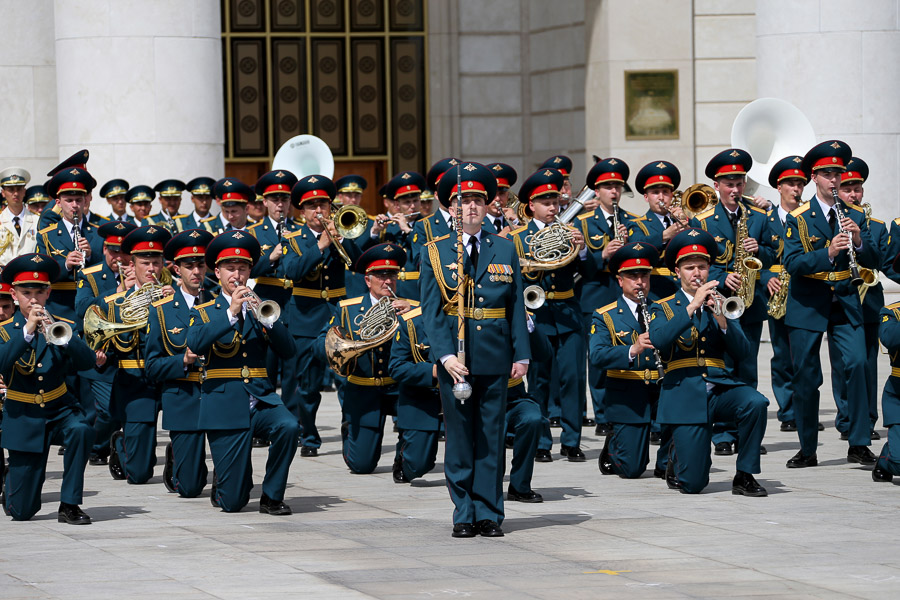
“Overpromise and underdeliver” has become something more than a cliché about Moscow’s defense sector it’s a defining reality now. As Russia’s war in Ukraine grinds into its fourth year, unprecedented strain from sanctions, battlefield losses, and economic contraction pushes the nation’s military-industrial complex to the breaking point. The prestige projects of the Kremlin, once hailed as testaments to its technological prowess, are slipping ever further beyond its grasp.
This is not just a matter of delayed weapons programs. Instead, it is a systemic breakdown-from supply chains and workforce capacity to funding streams and export markets-that imperils Russia’s ability to maintain military ambitions. Below is an examination of the most consequential failures now undermining Russia’s defense industry, drawing from leaked intelligence, economic data, and battlefield evidence.
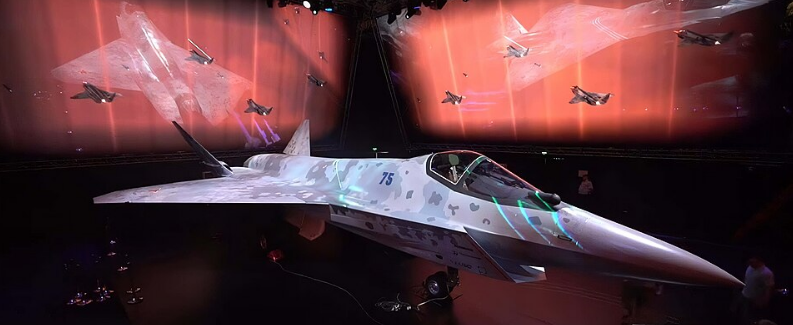
1. Prestige Weapons Programs in Disarray
Flagship projects like the Su-75 Checkmate, the Su-57 stealth fighter, the T-14 Armata tank, and the PAK DA bomber have taken disappointing turns. The Su-75 has not secured serious export orders yet, and the Su-57’s performance over Ukraine has been unimpressive. The T-14 Armata remains prohibitively expensive and may never see serial production. The PAK DA bomber-an as-yet unflown bomber meant to be the Russian counterpart to the U.S. B-21 Raider-has suffered from delays and technological setbacks, and many analysts have gone so far as to openly declare it likely to fail. These setbacks erode both domestic confidence and Russia’s deterrence posture.
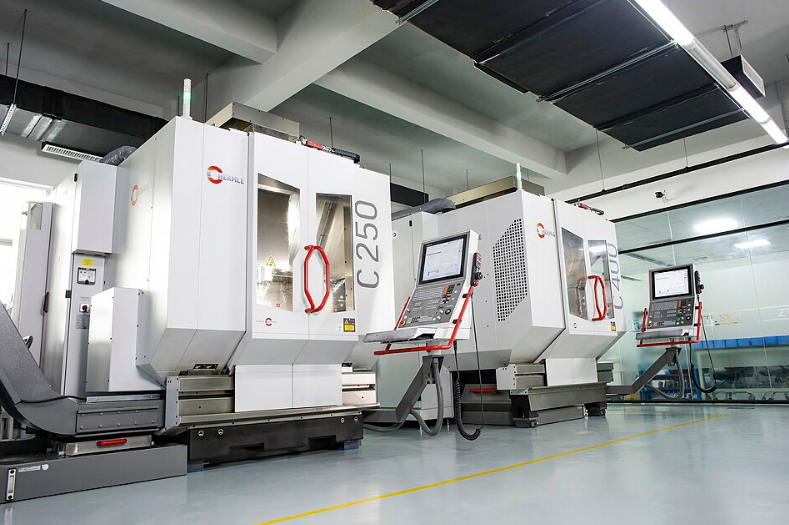
1. Sanctions Choking High-Tech Supply Chains
Sanctions by the West have cut Russia off from critical microprocessors and advanced components from the U.S., Europe, and Japan, slowing or idling production lines while forcing reliance on lower-quality parts from a narrow pool of sanction-defying suppliers. Leaked documents show that firms like OKBM depend upon subsidy-backed sanction evasion schemes to acquire imported CNC machinery from Taiwan and Serbia. Such loss of high-precision tooling has delayed aircraft programs while reducing the quality of the outputs.

2. Collapse of Arms Exports
Russia’s arms exports dropped 92 percent from 2021 to 2024, from $14.6 billion to below $1 billion. Major customers like India have been cautious, with a partial pivot toward competitors, especially China. Export marketing of the Su-57E has generated little interest, and showcase events like the Dubai Airshow did not result in any contracts. The industrial capacity was redirected to wartime domestic needs, leaving little space for export order execution.
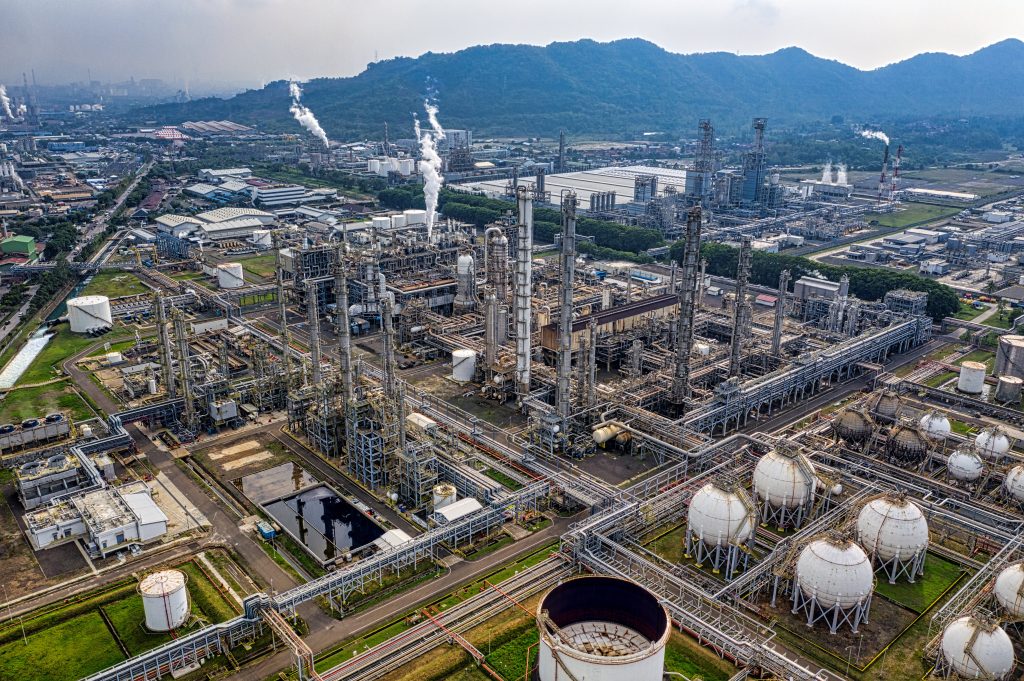
3. Oil Revenue Decline Undermining Budgets
As a result, oil and gas revenues have fallen by 21 percent in the first ten months of 2025, a drop of more than 2 trillion rubles year-on-year. New U.S. sanctions targeting Rosneft and Lukoil have combined with weak crude prices to force steep discounts in an effort to offset compliance risks. The revenue squeeze limits the Kremlin’s ability to finance both combat operations and defense acquisition, accelerating program delays and cancellations.

4. Workforce Attrition and Aging Labor Pool
Mobilization has depleted the pool of skilled defense workers, sending many young men to the front. The number of factories is being increasingly staffed by older workers whose physical capacity is limited. Investigations show that defense sector job postings have fallen to their lowest level since the war began and wages in the sector were 10 percent lower compared to 2024. Plants producing drones and missiles still often pay premium pay, but overall, the industry has reached a saturation point with further expansion of output not possible by simply hiring more personnel.

5. Reliance on obsolete Soviet-era equipment
Battlefield losses have forced Russia to reactivate tanks and armored vehicles produced more than 60 years ago, including T-54/55 and T-62 models. Many are deployed with improvised modifications such as welded grilles for drone defense, lacking factory-level upgrades or modern armor. This dependence underlines the inability of the defense industry to produce competitive modern systems en masse and points to the degradation of combat capabilities.
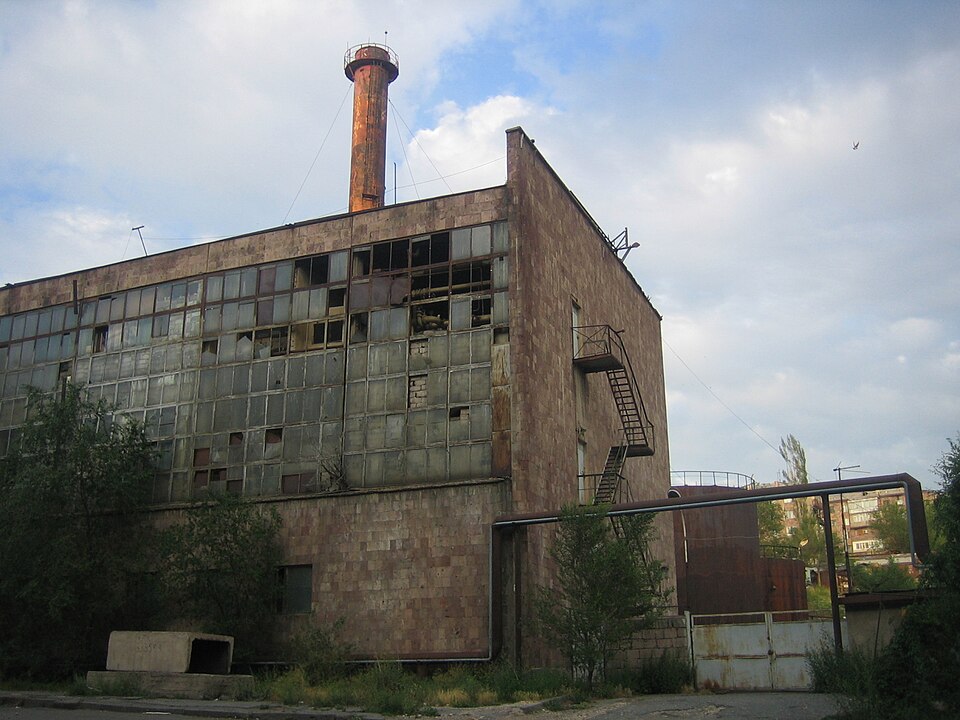
6. Soviet-Era Inefficiencies Persist
Factories remain geographically dispersed, undermining economies of scale. Quotas are sometimes fabricated to satisfy political leadership, distorting production data. Research and development suffers from a “just good enough” mentality, with few university-led technology hubs comparable to Western models. And these structural inefficiencies badly slow innovation, keeping Russia from matching Western or Chinese advances in military technology.

7. Sanctions Bypassing with China and India
Russia has deepened trade with China, now supplying over 90 percent of its semiconductor imports – much of it Western-branded. India has emerged as a key transshipment hub for restricted technology, exporting microchips and machine tools to offset a massive trade imbalance with Russia. U.S. and G7 authorities have sanctioned Indian entities involved in the networks, but enforcement remains difficult, allowing critical components to continue reaching Russian defense plants.
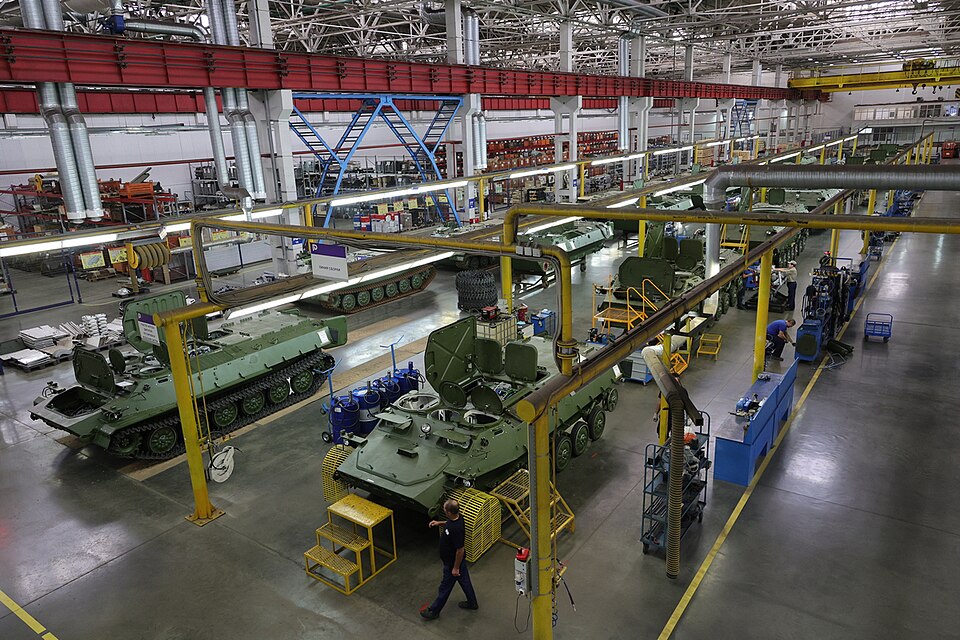
8. Economic Reorientation Toward War Production
The Russian economy has been deliberately restructured around military output, at the expense of civilian prosperity. Those industries and individuals that profit from the war now have vested interests in its continuation. Even if the fighting were to stop, reversing this militarized economic model would require political will and far-reaching reforms-both unlikely in the short term. This shift locks in long-term prioritization of defense over broader economic health.

9. Innovation Stagnation in Military R&D
Despite record defense spending, analysts point out the regression in Russia’s ability to produce genuinely new systems. Import substitution has failed to meet requirements, and reliance on Soviet-era designs limits technological advancement. Production will be increasingly simplified and slowed, with lower-quality outputs being common. Systems may remain “good enough” to pose a threat to Ukraine but will not compete well with Western and Chinese innovations over the next decade.
Russia’s defense industry faces more than temporary disruptions it is in structural decline, accelerated by war, sanctions, and economic mismanagement. From the failure of flagship programs to the hollowing out of its workforce and export markets, the cumulative effect is the long-term erosion of military capability. For defense analysts and policymakers, these trends signal that while Russia can still pose a tactical threat, its strategic capacity to innovate and project power is diminishing and may reshape the balance of military power in Eurasia for years to come.


